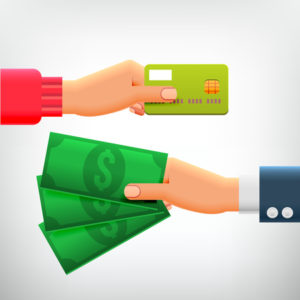Cash or Credit.

Will that be cash or credit? It has been a long time since anyone has asked me if I was paying cash or credit. Yesterday’s cash and credit has been replaced with today’s debit or credit. Therefore while today I may be walking around with very few debits in my pockets, I am usually loaded with credits. It’s keeping track of these debits and credits that can be a daunting task, especially if the credits exceed the debits.
If there is one area of my life that I don’t like spending a whole lot of time and energy on, it is on paying bills. Without the use of a spreadsheet or accounting software, a simple but effective way to track the flow of where your money is going is by using a savings account, a checking account, credit cards, and electronic bill pay. Now for this to work, you must be able to connect to your banking institution via the internet with the ability to transfer funds from one account to the next, and have the use of electronic bill payment. Most banks will typically offer internet banking, electronic bill payment, and the availability of free checking and savings accounts, based on some standard. This approach was designed to reduce the amount of time paying bills while staying informed of how much is coming in and where it is going, and who’s paying whom for what.
I often recommend the use of multiple accounts for different purposes. For example, one approach for a two income household is to use a single savings account to facilitate the electronic deposit of all household income regardless of the different sources. This allows the household the ability at any time to know exactly how much has been deposited and transferred out on a monthly, quarterly, and annual basis.
The next step is to establish three separate and distinct checking accounts. The main checking account is defined as the household account that is to cover all mandatory fixed and variable expenses. Examples include mortgages, car payments, auto, home, life, health insurance payments, all utilities, monthly payments on outstanding credit card balances, student loans, property taxes, and auto excise tax. If it is an expense that you must pay, then the payment is only made from this household checking account. Once you take the time to identify the payees, the amounts and due dates, electronic bill payment can be leveraged by establishing reoccurring payments from this household account.
The other two checking accounts are specifically designated to be used by the individual (husband and/or wife). Both individuals agree to be responsible and stay within a forecasted monthly amount. The amounts will vary each month, depending on the individual’s responsibilities. One person may do the weekly grocery shopping while the other covers the cost of dining out. The point is that each person has the ability to make discretionary purchases within an established monthly limit.
Once the accounts are open and electronic bill payment is in place, then it is just a matter of three simple transfers from savings to each of the three checking accounts and you are good for another thirty days. Once set up and maintained accurately, the savings account balance should continue to increase in value over time.
If the savings account consistently increases in value, wouldn’t this be a good thing?




